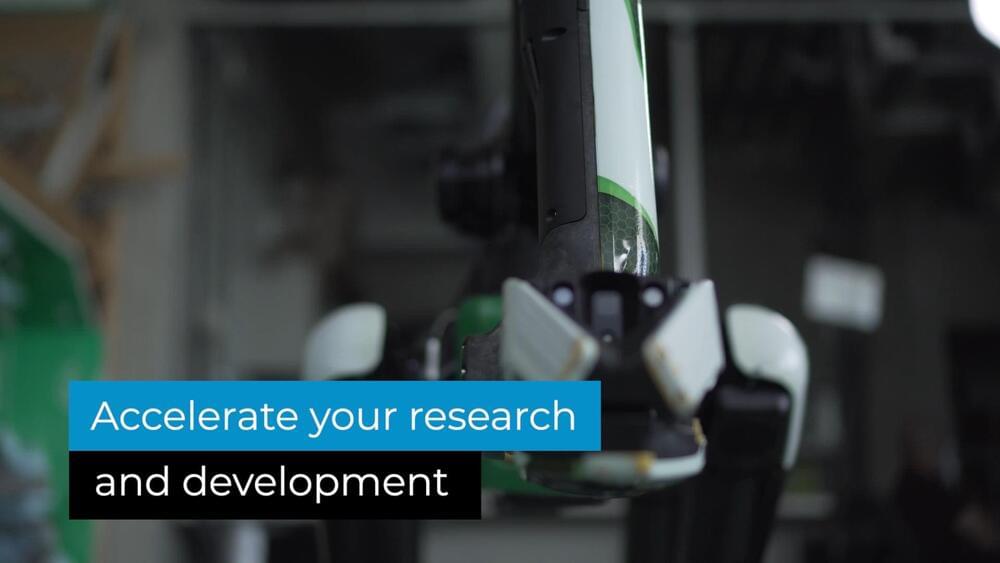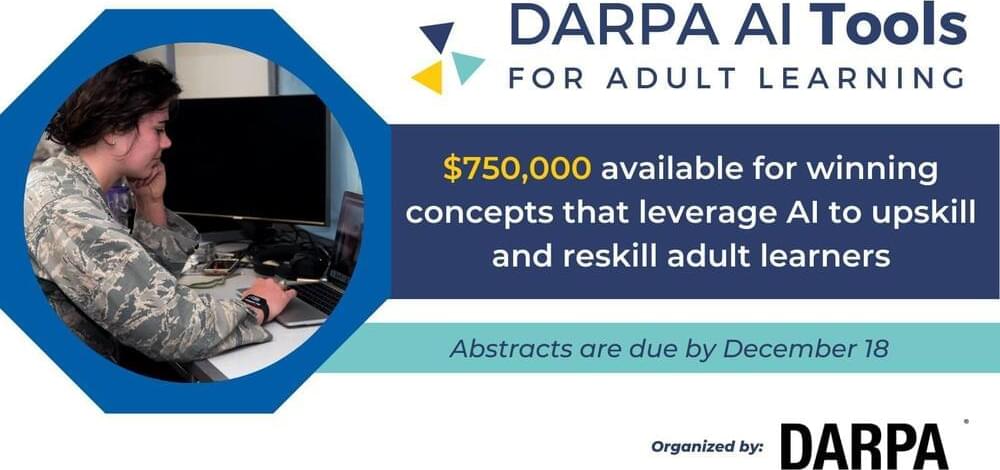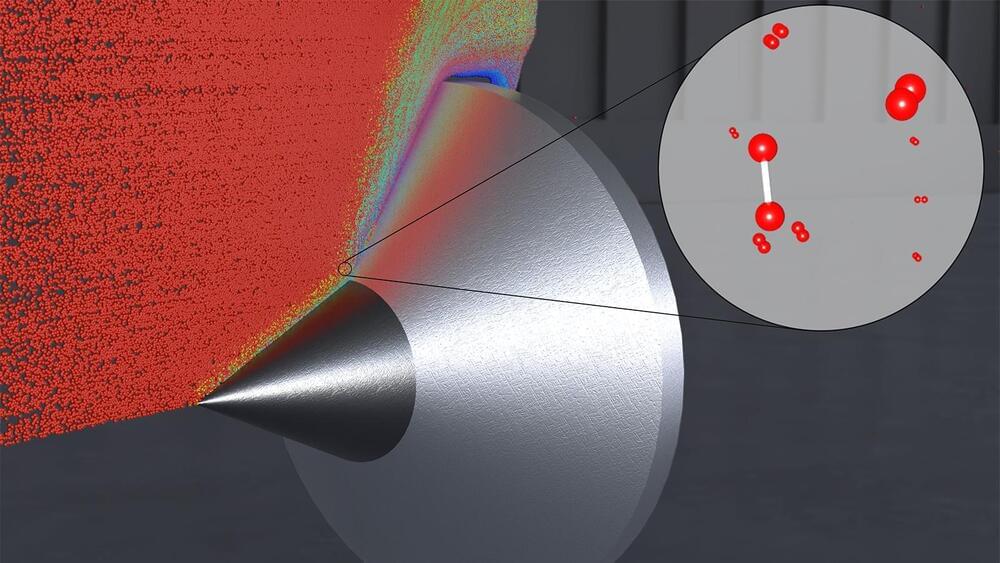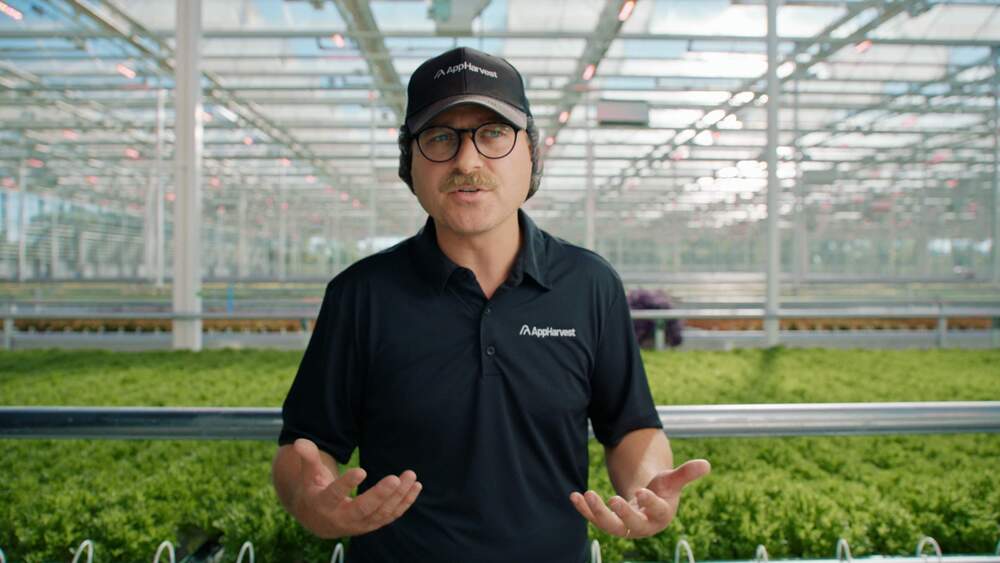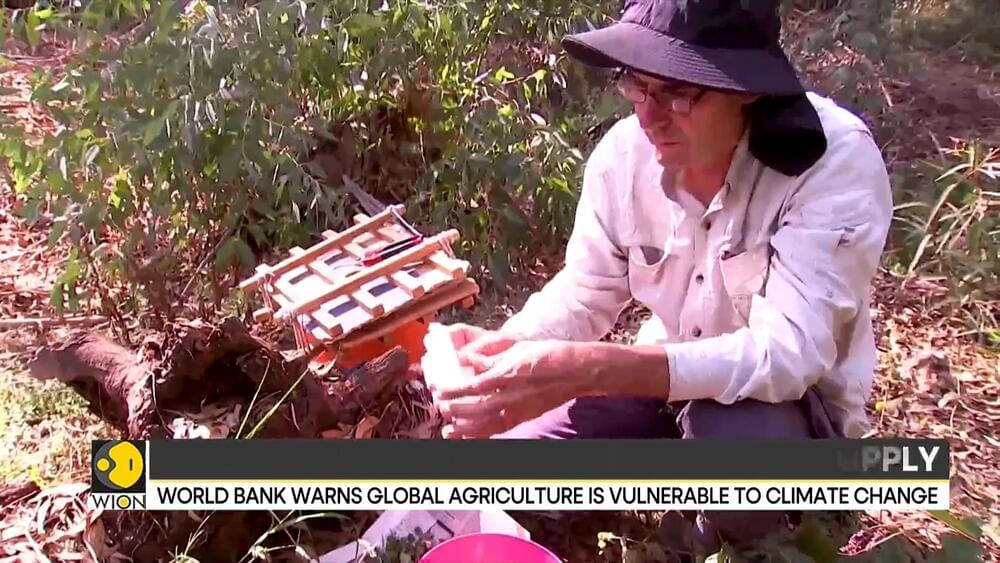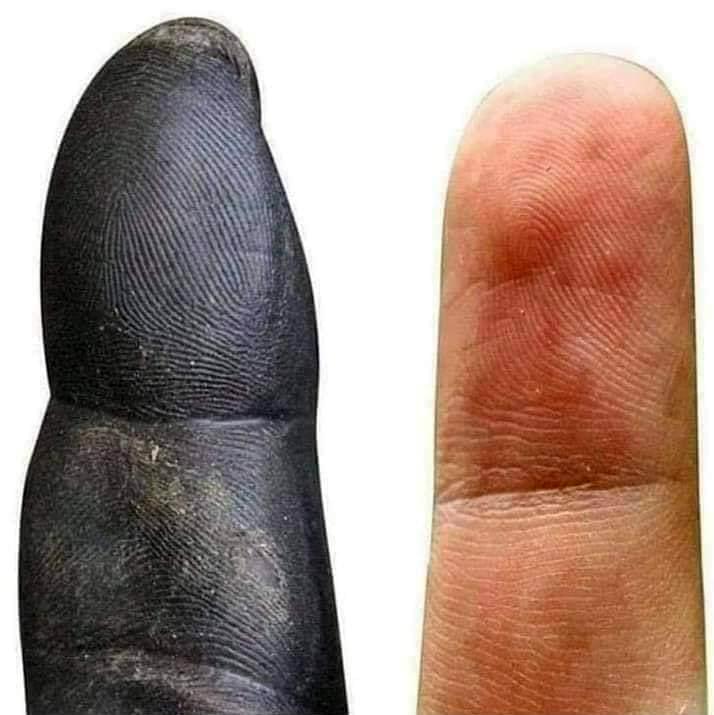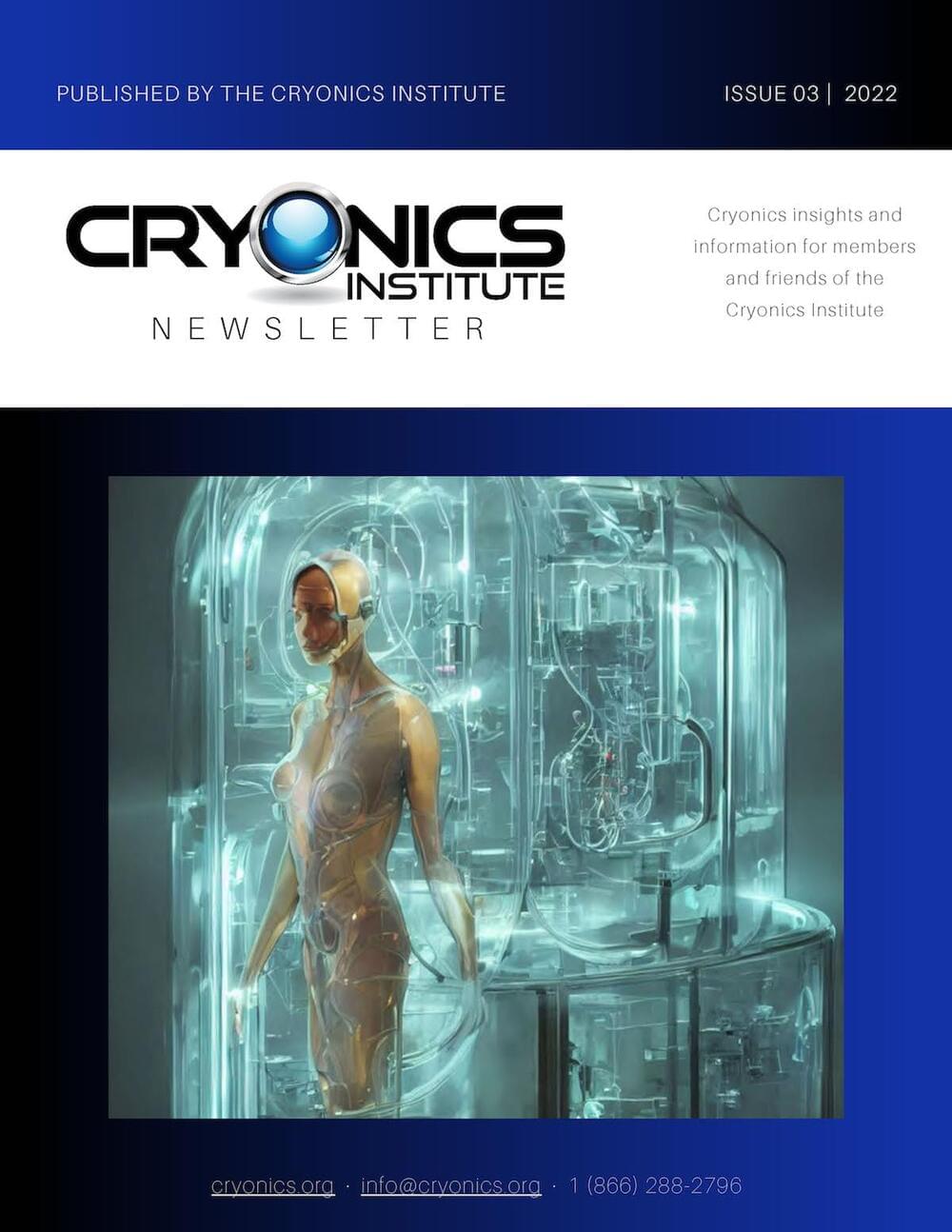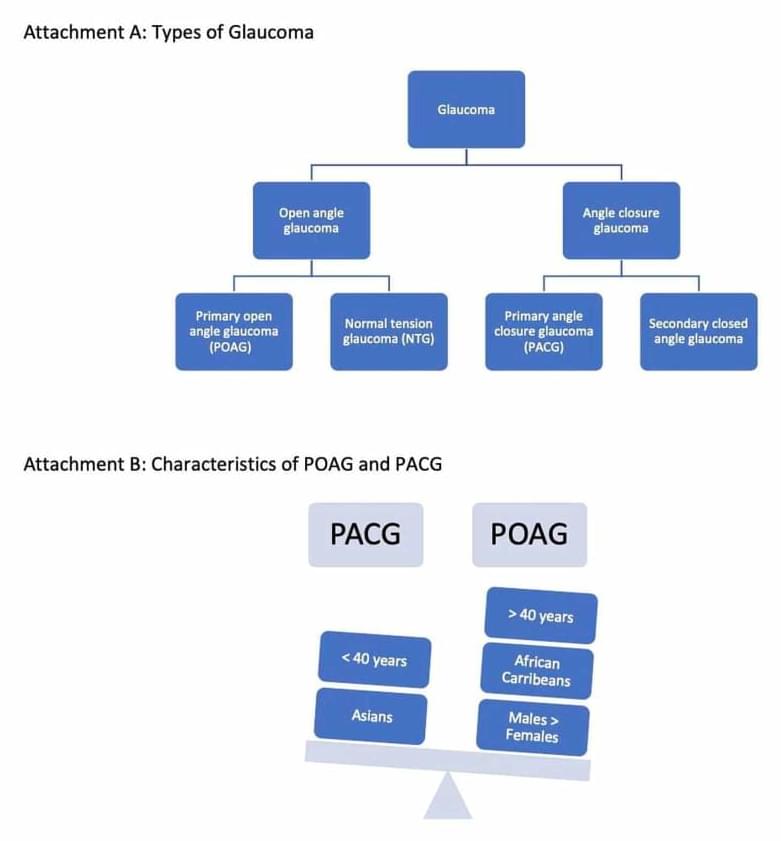Page 3930
We’re thrilled to announce a new ideation opportunity for innovative adult learning solutions. AI Tools for Adult Learning will award a total of $750,000 to winning concepts. Submit your abstract by Dec. 18.
We’re seeking your innovative ideas for tools or technologies to enhance learning and skills development among adults. We’re especially interested in surfacing ideas that leverage intelligent tutoring to allow adult learners to self-direct learning and develop critical skills.
Technologists, researchers, students, teachers, and creators of digital learning platforms or cutting-edge AI techniques are invited to participate. By doing so, you will gain access to a network of experts and receive feedback and technical support.
Nov 15, 2022
The U.S. Department of Energy’s
Posted by Dan Kummer in categories: engineering, supercomputing
The U.S. Department of Energy’s INCITE program has awarded supercomputing time to 56 projects!
Managed jointly by the Argonne Leadership Computing Facility and Oak Ridge Leadership Computing Facility, INCITE supports large-scale, computationally intensive projects that address “grand challenges” in science and engineering.
Nov 15, 2022
One Of The World’s Largest Indoor Farms Is Using Advanced Tech To Build A More Resilient Food System
Posted by Genevieve Klien in categories: food, robotics/AI, sustainability
About this partnership.
AppHarvest is exploring the future of indoor farming and agriculture technology by using up to 90% less water, human-assisting AI, and the power of the sun for reliable food growth.
Nov 15, 2022
Scientists in Israel are creating a gene bank from seeds to help farmers deal with the harsher climate
Posted by Genevieve Klien in category: climatology
Nov 15, 2022
Civilizations at the End of Time: Black Hole Farming
Posted by Dan Breeden in categories: alien life, futurism
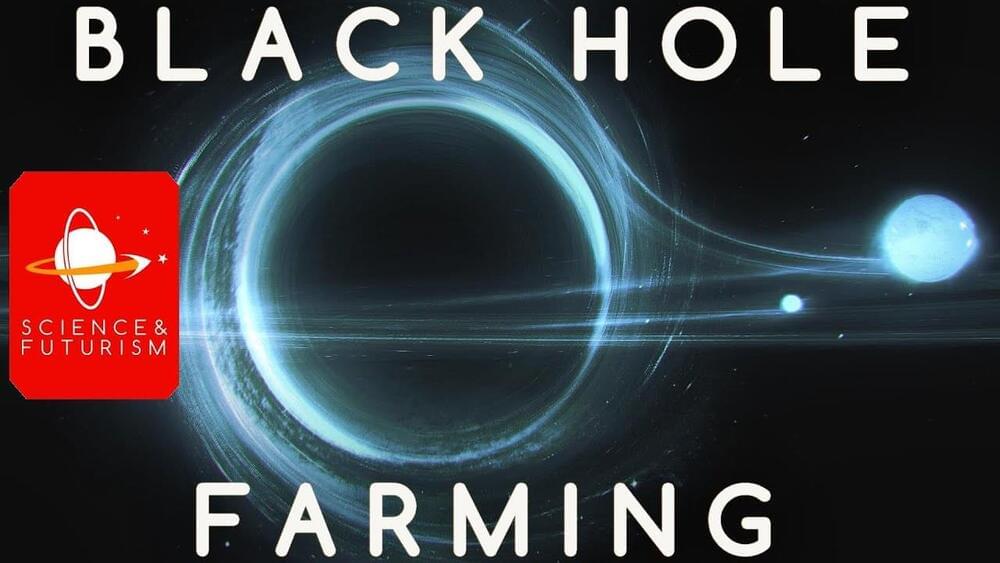
In this video we jump trillions of years into the future to examine the concept of civilizations living in a dark, post-stellar Universe, where we encounter some surprising possibilities about just how abundant and robust life might be in a seemingly dark and dead Universe.
See all the videos at:
http://www.isaacarthur.net.
Continue reading “Civilizations at the End of Time: Black Hole Farming” »
Nov 15, 2022
Boltzmann Brains — Why The Universe is Most Likely a Simulation
Posted by Dan Breeden in categories: computing, mathematics, particle physics, space
Start learning today with Brilliant! https://brilliant.org/upandatom.
Watch Part 2 over on Isaac Arthur’s channel.
Continue reading “Boltzmann Brains — Why The Universe is Most Likely a Simulation” »
Identical in practically every aspect. We don’t come from primates, we are primates.
We are not a race, we are a species. We are animals. We are mammals. We are a product of nature. We belong to it and we are a part of it.
-dominic dyer.
Nov 15, 2022
The Cryonics Institute Newsletter Issue 03
Posted by Heather Blevins in categories: cryonics, life extension
2022 https://cryonics.org/wp-content/uploads/2022/11/CI_NEWS-2022-03.pdf.
This issue features:
* President’s Report — New Science Advisory Board.
* 2022 AGM Photos.
* Board of Directors Winners.
* Scale Model CI Cryostats for Sale.
* Cryonics Survey.
* Robert Ettinger’s YOUNIVERSE — Chapter 5
* Latest Cryonics & Life Extension News from Around the Web.
Nov 15, 2022
Epidemiology of Glaucoma: The Past, Present, and Predictions for the Future
Posted by Liliana Alfair in categories: biotech/medical, genetics, health
Glaucoma impacts tens of millions of people globally, and is the second leading cause of blindness, after cataracts. Now, Purdue University researchers have developed smart contact lenses that may help save people’s sight.
Glaucoma is a multifactorial optic degenerative neuropathy characterized by the loss of retinal ganglion cells. It is a combination of vascular, genetic, anatomical, and immune factors. Glaucoma poses a significant public health concern as it is the second leading cause of blindness after cataracts, and this blindness is usually irreversible. It is estimated that 57.5 million people worldwide are affected by primary open-angle glaucoma (POAG). People over 60 years of age, family members of those already diagnosed with glaucoma, steroid users, diabetics, as well as those with high myopia, hypertension, central cornea thickness of.
